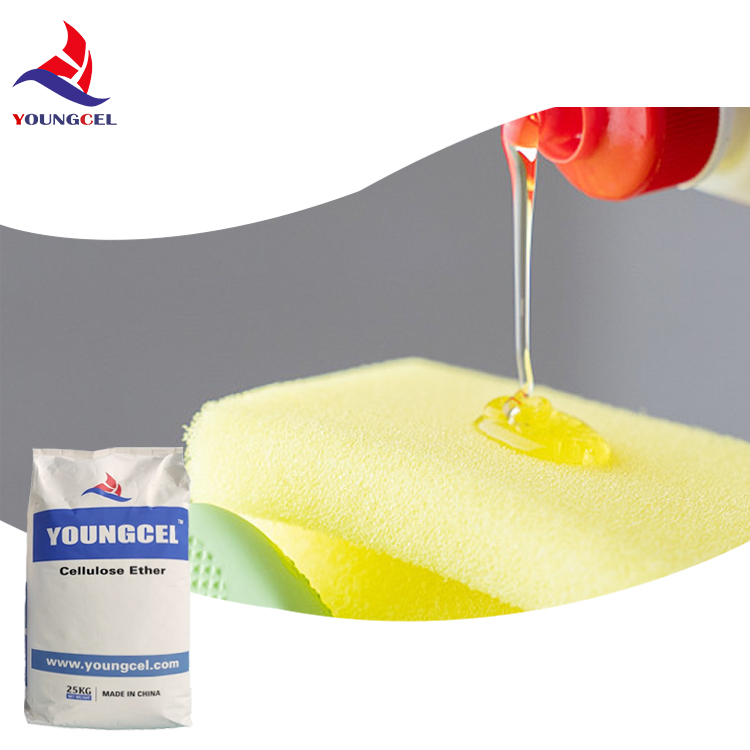Hydroxypropyl Methylcellulose (HPMC) Versatile Functional Polymer in Modern Applications
Hydroxypropyl Methylcellulose (HPMC) is a semi-synthetic polymer derived from cellulose, which has become an essential ingredient across various industries due to its unique properties and functionalities. This non-ionic compound is produced through the chemical modification of cellulose, a natural polymer found in the cell walls of plants. HPMC exhibits a range of characteristics that make it valuable in fields such as pharmaceuticals, food, construction, and personal care.
Hydroxypropyl Methylcellulose (HPMC) Versatile Functional Polymer in Modern Applications
In the food industry, HPMC is categorized as a food additive and is commonly used in gluten-free products, providing texture and stability that mimic traditional gluten-containing ingredients. It acts as a fat replacer, giving a creamy mouthfeel in low-calorie foods, and adds volume and moisture to baked goods. Additionally, HPMC is employed in the formulation of sauces and dressings, where it enhances the product's viscosity and prevents ingredient separation, thus ensuring a uniform consistency.
hydroxypropyl methyl cellulose(hpmc)

The construction sector also capitalizes on the unique properties of HPMC. It is widely used in cement and mortar formulations as a water-retaining agent. By enhancing the workability and adhesion of these materials, HPMC prolongs the open time, allowing builders more flexibility during installation. Its water-retaining properties contribute to a reduced risk of cracking, enhancing the durability and longevity of construction materials.
In personal care products, HPMC is a favored ingredient in cosmetics and skincare formulations. Its film-forming and thickening properties make it ideal for creating gels, creams, and lotions. In hair care, HPMC is often incorporated into shampoos and conditioners to improve texture, impart moisture, and provide a smooth application. Furthermore, its compatibility with other ingredients makes it a versatile choice for formulating a wide array of beauty products.
Another significant advantage of HPMC is its biodegradability and non-toxic nature. This environmental friendliness aligns with the growing consumer demand for sustainable and safe products. As industries increasingly focus on reducing their ecological footprint, HPMC’s use serves as a testament to the potential of natural derivatives in producing environmentally responsible materials.
In summary, Hydroxypropyl Methylcellulose is a multifaceted polymer that finds widespread application across various sectors, thanks to its water-soluble, biodegradable, and versatile properties. From improving the texture of our foods to ensuring the effectiveness of medications and enhancing the functionality of construction materials, HPMC proves to be an indispensable component in modern formulations. As research continues to explore and expand its applications, HPMC’s role in promoting sustainable and efficient solutions is likely to grow, securing its place as a vital ingredient in the innovation of numerous products.
-
Rdp Powder: Key Considerations for Wholesalers in the Building Materials IndustryNewsJul.08,2025
-
Key Considerations for Wholesalers: Navigating the World of Hpmc - Based ProductsNewsJul.08,2025
-
Hpmc Detergent: Key Considerations for WholesalersNewsJul.08,2025
-
Key Considerations for Wholesalers: China Hpmc For Tile Adhesive, Coating Additives, Concrete Additives, and MoreNewsJul.08,2025
-
Crucial Considerations for Wholesalers: Navigating the World of Construction MaterialsNewsJul.08,2025
-
Key Considerations for Wholesalers Sourcing Additive For Cement, Additive For Concrete, Additive For Putty from Additive Manufacturer Shijiazhuang Gaocheng District Yongfeng Cellulose Co., Ltd.NewsJul.08,2025




